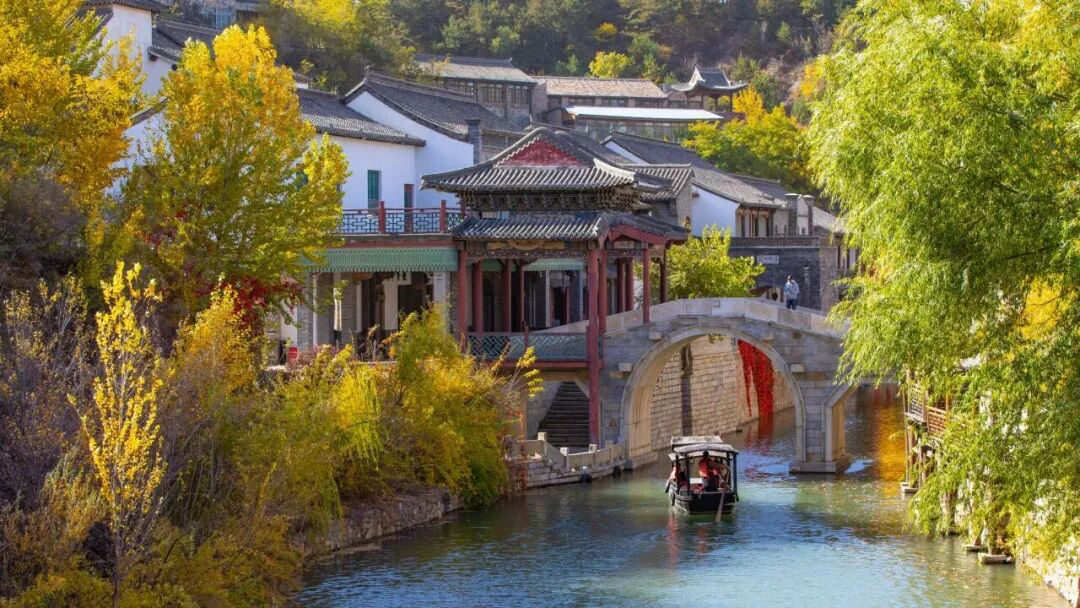Yunju Temple (云居寺) is located in Fangshan District, about 70 kilometers away from downtown Beijing and covers an area of 70,000 square meters. On March 4, 1961, Yunju Temple was listed as one of the first important cultural relics units by the State Council of China. Besides this, this temple keeps the most stone-carved Buddhist sutras.
Yunju Temple was initially constructed at the beginning of the Tang Dynasty and the end of Sui Dynasty and now has five yards and six halls after generations of repair. On the two sides inside the temple there are attached halls, a palace specially built for emperors of the past and rooms for monks, and there are also two pagodas standing in the south and north in the temple. The temple faces the east and is surrounded by mountains on all sides and waters in front of it.
The specialty of the temple lies in that stone-carved, paper and wooden sutras can all be found here and this specialty is beyond the reach of any other temple of this kind. Stone-carved Tripitaka was first carved in 605. The sutra-carving history lasted for 1039 years in the temple through Sui, Tang, Liao, Jin, Yuan and Ming Dynasties and 1122 volumes, 3572 scrolls and 14278 pieces had been carved through these dynasties.
Currently over 22,000 paper sutras printed during the Ming Dynasty are mostly copies printed by the official departs or from the folks of that time, including Ming Nan Zang (明南藏), Ming Bei Zang (明北藏), individually carved sutras and so on.
The North Pagoda in Yunju Temple is also named Arhat Pagoda or Buddhist Relics Pagoda, initially built during the Ming Dynasty and as tall as 30.46 meters, and was later renovated during the Ming Dynasty. After the renovation, today’s North Pagoda has a very special building style: the first floor is a pavilion, the second is filled with a drum and the third a bell. In addition, visitors can also see reliefs on the surface of the pagoda and these reliefs are rare materials for the research of the dance, culture and living of the Qidan Race (契丹) of ancient China.
Opening hours: 8:30 - 16:30
Admission: 40 yuan
Getting there:
Take Bus No. 836 at Tianqiao (天桥) or Liuliqiao (六里桥) to Liangxiang West Gate (良乡西门), and transfer to Bus No. 12 or 31 to Yunju Temple.
Add: Cultural Relics Administration of Yunju Temple, Shuitou Village South, Dashiwo Town, Fangshan District, Beijing 北京市房山区大石窝镇水头村南云居寺文物管理处



